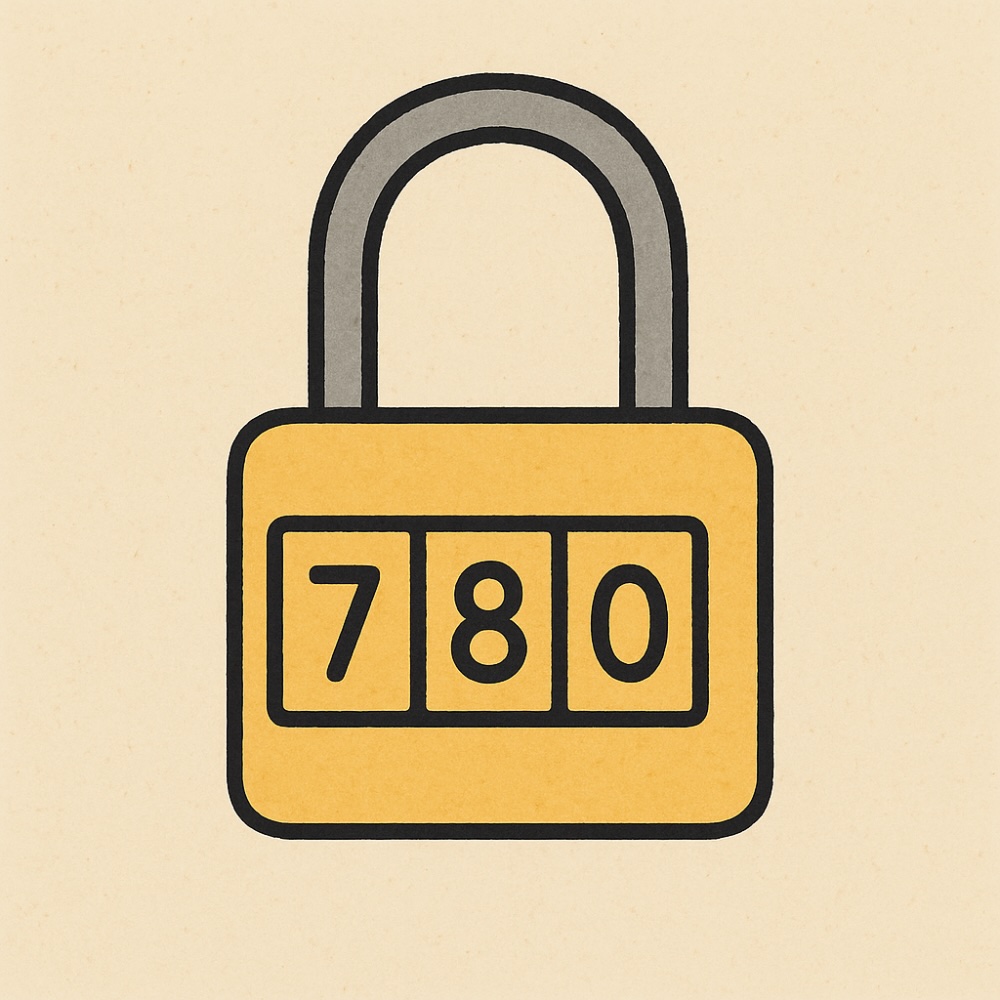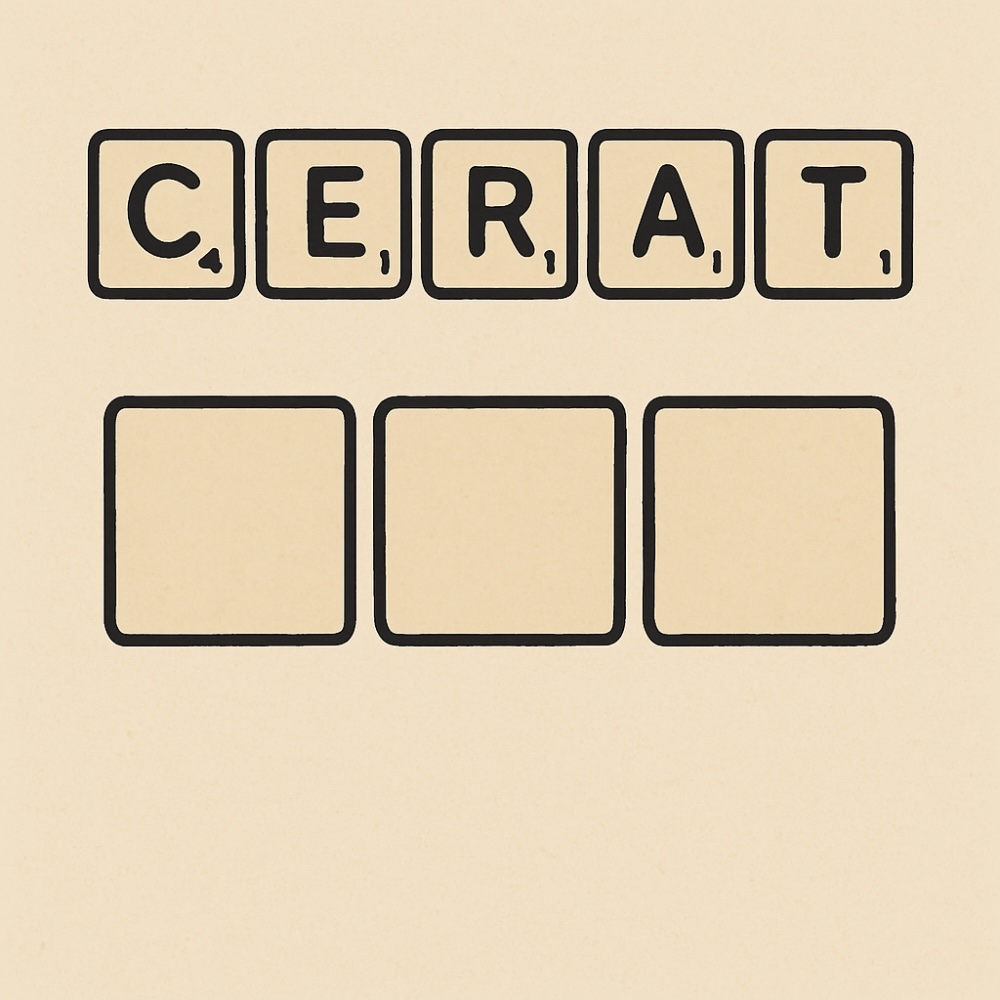People who know me are aware of my deep admiration for mathematics. As famously said, mathematics brings order to chaos. It’s only through mathematics that we can comprehend the phenomena around us and make life easier.
Permutations and combinations are among the most practical topics in mathematics. They help us to find out the number of ways a set of shirts and pants can be worn or calculating the car plates that can be created using three letters and three digits. Let’s delve deeper into it.
Generally, there are three distinct types of problems that we can solve using this branch of mathematics. The first type of problem involves having several placeholders (seats, for instance) available and a certain number of options that can be placed in each one of them. The number of options for each seat is the same. For example, we have a lock combination that consists of three digits, each ranging from 0 to 9.

For the first seat, we have 10 options (0 to 9). For the second and third seats, we have the same number of options. To find the total number of possible combinations, we simply multiply the number of options for each seat:
9\cdot9\cdot9\cdot9=729
That is equivalent to 9 cubed. So, whenever we have a certain number of options to be placed for a specific number of seats, all we need to do is raise the number of options to the power of the number of seats:
\text{options}^{\text{seats}}Note that the number of options must be the same for each seat for this formula to work. If not, we need to multiply the number of options available for each specific seat. For instance, if we have three shirts, four pants, and two shoes, how many ways can we wear them? In this case, we multiply 3, 4, and 2:
3 \cdot 2 \cdot 4 =24
In mathematics, this is called The Rule of Products.
Now, let’s make it more intriguing. What if we have options that we exhaust as we fill the seats? This scenario is similar to our previous example, except that we don’t have all options available for each seat; we use them up as we fill the seats. Let’s illustrate this with an example. Imagine we have five letters, and we want to determine the number of words (with or without meaning) we can create.

This means that for the first seat, we have five options (all the letters). However, as we move to the next seat, the number of available words decreases. So, for the second seat, we have four options to choose from, and for the last seat, only one letter remains:
5 \cdot 4 \cdot 3 \cdot 2 \cdot 1 = 120
The good news is that the equation can be written much shorter (and in a kind of funny form):
5!=120
If you’re unfamiliar with that, it’s called a factorial. Any number multiplied by its factorial is equal to the product of that number and one less than the previous number, until we reach 1. In mathematical terms, it can be expressed as:
k!=k1 \times (k-1) \times \cdots \times 3 \times 2 \times 1
Permutations are a type of problem where we have fewer options than available seats. For instance, let’s consider the previous example. Imagine how many three-letter words we can form using the five letters we have. To solve this, we can use the permutation formula:
5 \cdot 4 \cdot 3=60
We had to stop at three (our third seat). But is there a way to make it shorter? You bet there is:
\frac{5\cdot4\cdot3\cdot2\cdot1}{2\cdot1}=\frac{5!}{2!}=60In fact, this is the permutation formula:
\frac{n!}{(n-k)!}n represents the number of options we have, and k represents the number of seats. The factorial expression (n-k)! simply serves as a way to stop at the n-kth position.
Permutations determine the number of possible arrangements, where the order of the arrangement matters. In other words, if we have the set {a, b, c}, then “abc” is an option, as are “acb” and “bac”. However, if the order doesn’t matter, then “abc” and “acb” are considered the same, even though they have different orders.
When we want to find all the arrangements and the order doesn’t matter, we use the combination formula. This problem appears similar, but we need to find a way to eliminate all arrangements that have similar letters. Here’s the formula:
\frac{k!}{k!(n-k)!}As you can see, this is quite similar to the permutation formula. Simply multiply k! to the denominator. In our example, if the order of the letters didn’t matter, there would be 30 different ways to create a word:
\frac{5!}{2!(5-3)!}=\frac{5!}{2!\cdot2!}=\frac{120}{4}=30Combinatorics is one of the math branches that has so many applications in day to day life. Although it might seem complicated at first, once we have a good grasp of how it works, it’s very easy to understand.